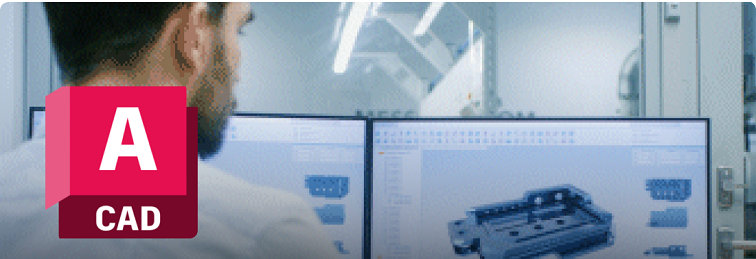| Class Dates and Times | ||
| 01/12/2026 | Monday | 10:00-4:45 EST |
| 9:00-3:45 CST | ||
| 8:00-2:45 MST | ||
| 7:00-1:45 PST | ||
| 01/13/2026 | Tuesday | 10:00-4:45 EST |
| 9:00-3:45 CST | ||
| 8:00-2:45 MST | ||
| 7:00-1:45 PST | ||
| 01/14/2026 | Wednesday | 10:00-4:45 EST |
| 9:00-3:45 CST | ||
| 8:00-2:45 MST | ||
| 7:00-1:45 PST | ||

Ready to Run Class
A Ready to Run date will not cancel due to low enrollments. Seats are still available but filling fast - Register soon!
| Last Reg Date | 1/7 |
| Class Dates and Times | ||
| 02/09/2026 | Monday | 10:00-4:45 EST |
| 9:00-3:45 CST | ||
| 8:00-2:45 MST | ||
| 7:00-1:45 PST | ||
| 02/10/2026 | Tuesday | 10:00-4:45 EST |
| 9:00-3:45 CST | ||
| 8:00-2:45 MST | ||
| 7:00-1:45 PST | ||
| 02/11/2026 | Wednesday | 10:00-4:45 EST |
| 9:00-3:45 CST | ||
| 8:00-2:45 MST | ||
| 7:00-1:45 PST | ||

Ready to Run Class
A Ready to Run date will not cancel due to low enrollments. Seats are still available but filling fast - Register soon!
Follow the link to our self-service price quote form to generate an email with a price quote.
We can deliver this class for your group. Follow the link to request more information.
Receive an email when this class is available as "Ready to Run" or "Early Notice" status.
If you have high-speed internet and a computer you can likely take this class from your home or office.
AutoCAD is our most popular class series and these classes can fill weeks ahead. Green flag dates have the MINIMUM enrollment to run as scheduled. Dates with "Class is Full" are at capacity without availability. To get a class date you prefer, it's best to register as far in advance as possible.

AutoCAD is our most popular class series and these classes can fill weeks in advance. Green flag dates have the MINIMUM enrollment to run as scheduled. Dates with "Class is Full" are at capacity without availability. To get the class date you prefer, it's best to register as far in advance as possible.
This 3-day AutoCAD® Level 1: Essentials class is designed for those using AutoCAD® or AutoCAD LT® with a Windows operating system. This class is not designed for the AutoCAD for Mac software. The objective of AutoCAD Level 1: Essentials is to enable students to create a basic 2D drawing in the AutoCAD software.
NOTE: Those attending class from their own location should use a wheeled mouse. A trackpad is not sufficient as AutoCAD is heavily dependent on selecting points and right clicking for additional menus.
This course covers the essential core topics for working with the AutoCAD software. The teaching strategy is to start with a few basic tools that enable the student to create and edit a simple drawing, and then continue to develop those tools. More advanced tools are introduced throughout the class. Not every command or option is covered, because the intent is to show the most essential tools and concepts, such as:
● Understanding the AutoCAD workspace and user interface.
● Using basic drawing, editing, and viewing tools.
● Organizing drawing objects on layers.
● Inserting reusable symbols (blocks).
● Preparing a layout to be plotted.
● Adding text, hatching, and dimensions.
A working knowledge of basic design or drafting procedures and terminology. A working knowledge of the Windows operating system is also needed.
If you do not have a background in drafting, architecture or prior experience with a CAD package, you should instead consider the 5-day Novice Users class. This alternate class is for those with little or no prior experience.
Go to AutoCAD for Novice Users course ![]()
View outline in Word
Attend hands-on, instructor-led AutoCAD Level 1: Essentials training classes at ONLC's nationwide locations. Not near one of our locations? Attend these same live classes from your home/office PC via our Remote Classroom Instruction (RCI) technology.
For additional training options, check out our list of AutoCAD Courses and select the one that's right for you.

